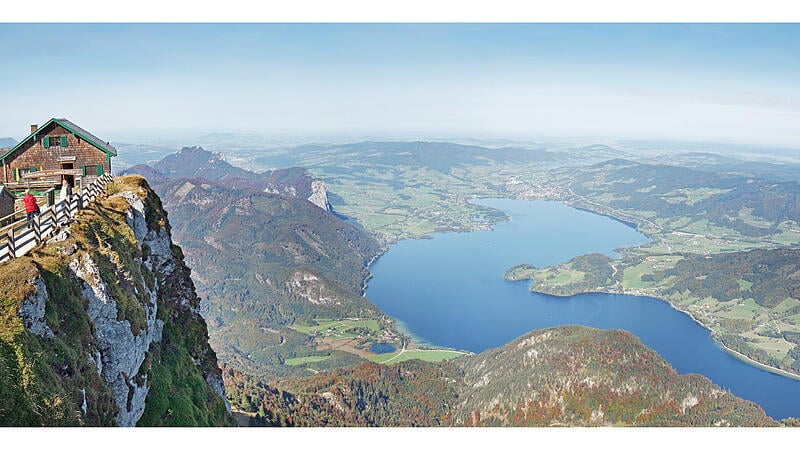Compared to other (world) regions, the Salzkammergut is blessed with water. But the extreme dryness of this summer can also be felt here – and it will become even more so once the Dachstein glacier has melted. Which could go faster than expected. Experts give Upper Austria’s only glacier only a few more decades. “This year he is threatened with a record mass loss,” said Minister for the Environment and Climate Stefan Kaineder yesterday.
The lake landscape in the Salzkammergut will not remain unaffected. Once there is no meltwater, extreme level fluctuations in the lakes fed by the Alps and the short-term drying up of smaller bodies of water can no longer be ruled out, says Kaineder.
Two Classes of Lakes
There are currently two tendencies in the Salzkammergut: Lake Hallstatt and Lake Traun – both are still fed by the glacier – have relatively stable water levels.
The situation at Attersee, Mondsee and Wolfgangsee is different. There, the water levels have dropped noticeably in recent weeks – with increasing speed in the last few days. “Here, the effects of the snowmelt no longer have a serious impact and there is also no inflow from a glacier in these waters,” says Kaineder. “The catchment area is also not as large as that of Lake Hallstatt and Lake Traun.”
precipitation expected
Attersee, Mondsee and Wolfgangsee have not yet reached the historic lows of 2018. But not much is missing. At Wolfgangsee it’s five centimeters and at Mondsee it’s twelve. Only at Lake Attersee are there still a whopping 43 centimeters to go before the lowest water level measured to date.
“Due to the forecast precipitation for the weekend, the situation on the lakes and also on the watercourses will relax a little,” predicts Kaineder. (ebra)
Source: Nachrichten




